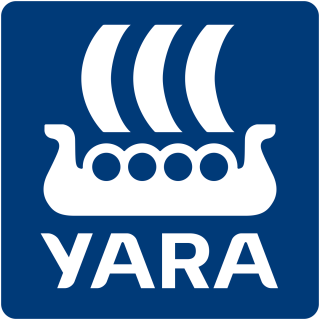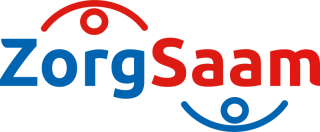Project control
Project Control is subdivided into Scheduling, Cost Control and Estimating.
SCHEDULING
Setting up a schedule for the engineering of a project will begin at an early stage of the project, and is the basis from which detailed schedules can be derived in association with the technical disciplines such as Mechanical, Piping, E&CS, etc. Based on the project level schedule, the schedule is further crystallised with the assistance of the Lead Engineers from the relevant disciplines. Each discipline knows the timing of the input, the amount of time it takes to perform the work and when another discipline or an outside party needs to be fed with information, documents, designs, etc. This is also used to map out the "critical path" of the project and, where necessary, Project Management can focus on these critical issues and take the necessary steps to prevent delays in the progress of the project.
An example of such a critical point is the completion of the RFD (released for design) P & IDs (piping and instrumentation diagrams). These drawings are mainly made by Process at this stage, with input from the engineering disciplines, and give a detailed description of the functionality of the process. When these drawings are RFD, it means that they are released for the detailed design of the plant.
In theory, departments such as Mechanical, Piping and E & CS can only really begin their detailed engineering work if the drawings have reached this status. Too late, therefore, and there are consequences for all disciplines in the following phase.
COST CONTROL and ESTIMATING
Estimating specialises in making budgets for industrial projects and Cost Control provides cost monitoring and reporting of ongoing projects. Because these tasks are extensions of each other, they are sometimes merged into one function, one team or one department, yet Estimating requires more knowledge and experience than Cost Control.
The types of budgets that are mainly used by Project Control are:
- Budget derived from the capacity of facilities to be built based on similar, previously built works, also called capacity factored;
- Budget deduced from the cost of apparatus and equipment to be installed (equipment factored);
- Detailed budget based on the status of the materials with pricing for purchase, installation, etc. for all components of the facilities, including earthworks, concrete and steel constructions, buildings, machinery and equipment, pipelines, electrotechnical installations, measurement and monitoring technology, etc.
During the project, monitoring budgets are also carried out for work outsourced to subcontractors, as well as for the effects on cost by proposed changes in the installations. A cost report is made on a monthly basis. This report provides the following:
- Developments in agreed budget;
- Expected final cost of the work;
- Expenditure and commitments entered into;
- Any deviations from the original cost plan.
Software packages used
Functies bij Project Control























